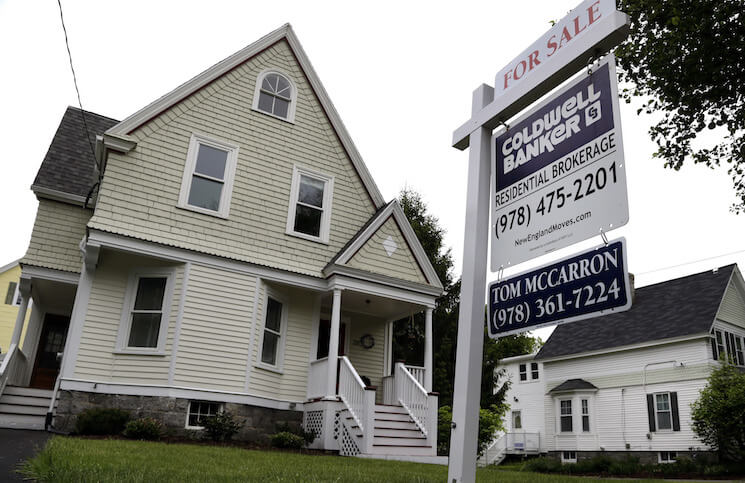Declining U.S. labor mobility is about more than geography
 The U.S. labor market often gets praise for being a dynamic place with lots of hiring, job-switching and moving around the country. But the land of the frontier settlers and Horace Greeley is starting to lose some of its luster in this regard. Research over the past several years shows how U.S. workers are far less likely to move across state lines. This trend has correctly led to some concern about its consequences for the U.S. labor market. But are concerns about geographic mobility for the sake of geographic mobility well placed?
The U.S. labor market often gets praise for being a dynamic place with lots of hiring, job-switching and moving around the country. But the land of the frontier settlers and Horace Greeley is starting to lose some of its luster in this regard. Research over the past several years shows how U.S. workers are far less likely to move across state lines. This trend has correctly led to some concern about its consequences for the U.S. labor market. But are concerns about geographic mobility for the sake of geographic mobility well placed?
A new piece in Democracy by Yale Law School professor David Schleicher looks at how labor mobility, or more specifically geographic labor mobility, is on the decline in the United States as well as at policies that might be able to help workers move more often. Schleicher’s diagnosis of the labor mobility problem is that it is fundamentally a matter of workers being hindered from moving to or leaving certain regions of the United States. In Schleicher’s telling, policies that reduce the “entry limits,” such as reducing the supply of housing in dynamic regions, or that increase “exit limits,” such as public benefits that aren’t portable across state lines, prevent some less economically dynamic regions from “shrinking.” Policies such as these are the culprits behind the decline in geographic mobility, according to Schleicher.
But some research on the topic of labor mobility is skeptical of this diagnosis of increased moving costs. Why? Because geographic mobility on the decline alongside all other kinds of labor market mobility. Research by economists Raven Molloy and Christopher Smith—both of the Federal Reserve Board—and Abigail Wozniak of the University of Notre Dame points to the importance of the labor market in driving geographic mobility down. Their research shows that the gains from making a job switch, regardless of a geographic move, has been declining since the 1980s. In other words, the costs of moving aren’t the main factor. Rather, it’s the decline in the gain. Further research by these three economists and Riccardo Trezzi of the Federal Reserve Board rules finds very little evidence that increased regulation or restriction of housing has played a role in declining labor market fluidity.
This isn’t to say that some of the policies that Schleicher proposes wouldn’t be helpful at the margins when it comes to increasing labor market fluidity or addressing other problems in U.S. economy. But given the root cause of declining geographic mobility, we should be more focused on causes and solutions that focus on the labor market itself. For example, there’s good evidence, for example, that declining labor mobility is a sign of declining labor demand in the U.S. economy, as Mike Konzcal and Marshall Steinbaum at the Roosevelt Institute lay out. Clearly this diagnosis leads to a different understanding of how to boost labor market fluidity. And given the potential consequences of inaction on this issue, it’s important to get the diagnosis right.
